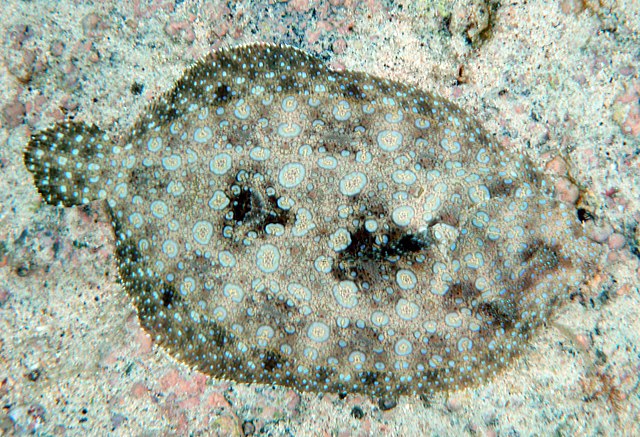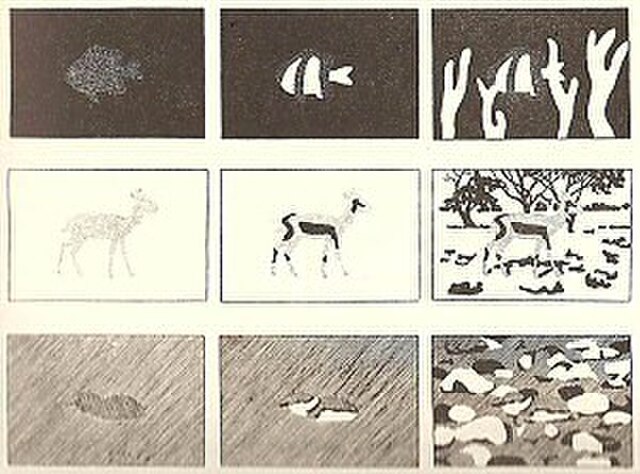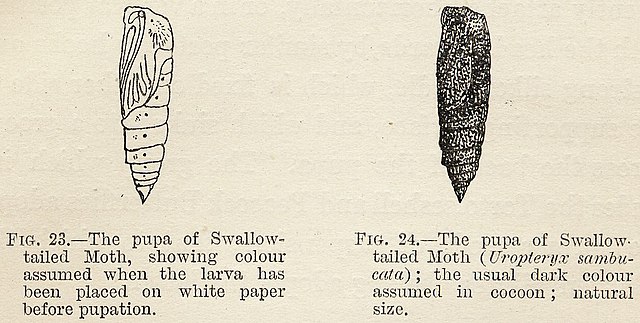Hugh Bamford Cott was a British zoologist, an authority on both natural and military camouflage, and a scientific illustrator and photographer. Many of his field studies took place in Africa, where he was especially interested in the Nile crocodile, the evolution of pattern and colour in animals. During the Second World War, Cott worked as a camouflage expert for the British Army and helped to influence War Office policy on camouflage. His book Adaptive Coloration in Animals (1940), popular among serving soldiers, was the major textbook on camouflage in zoology of the twentieth century. After the war, he became a Fellow of Selwyn College, Cambridge. As a Fellow of the Zoological Society of London, he undertook expeditions to Africa and the Amazon to collect specimens, mainly reptiles and amphibians.
Hugh Bamford Cott, probably in 1945 when he became a fellow of Selwyn College. Courtesy of Selwyn College, Cambridge
Disruptive coloration by Hugh Cott, from Adaptive Coloration in Animals (1940)
Two rail-mounted guns are shown in the photograph. A countershaded one camouflaged by Hugh Cott (above) and one in conventional style (below), August 1940
Cott was critical of attempts at camouflage not based on "vigorous disruptive contrasts". 1943 painting by Colin Moss of a cooling tower camouflaged with a landscape scene
Camouflage is the use of any combination of materials, coloration, or illumination for concealment, either by making animals or objects hard to see, or by disguising them as something else. Examples include the leopard's spotted coat, the battledress of a modern soldier, and the leaf-mimic katydid's wings. A third approach, motion dazzle, confuses the observer with a conspicuous pattern, making the object visible but momentarily harder to locate, as well as making general aiming easier. The majority of camouflage methods aim for crypsis, often through a general resemblance to the background, high contrast disruptive coloration, eliminating shadow, and countershading. In the open ocean, where there is no background, the principal methods of camouflage are transparency, silvering, and countershading, while the ability to produce light is among other things used for counter-illumination on the undersides of cephalopods such as squid. Some animals, such as chameleons and octopuses, are capable of actively changing their skin pattern and colours, whether for camouflage or for signalling. It is possible that some plants use camouflage to evade being eaten by herbivores.

The peacock flounder can change its pattern and colours to match its environment.
A soldier applying camouflage face paint; both helmet and jacket are disruptively patterned.
Octopuses like this Octopus cyanea can change colour (and shape) for camouflage
Experiment by Poulton, 1890: swallowtailed moth pupae with camouflage they acquired as larvae








